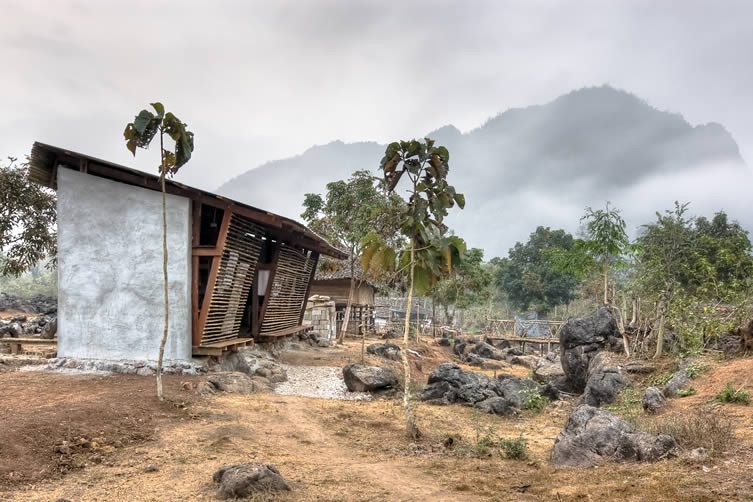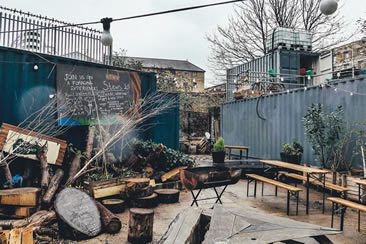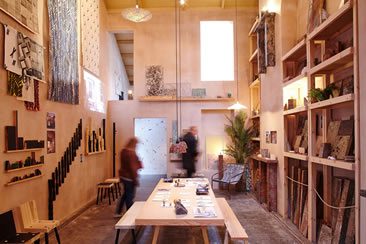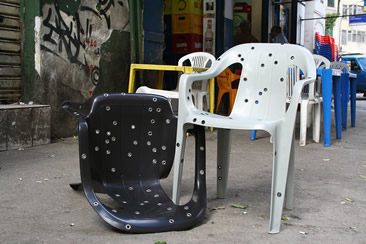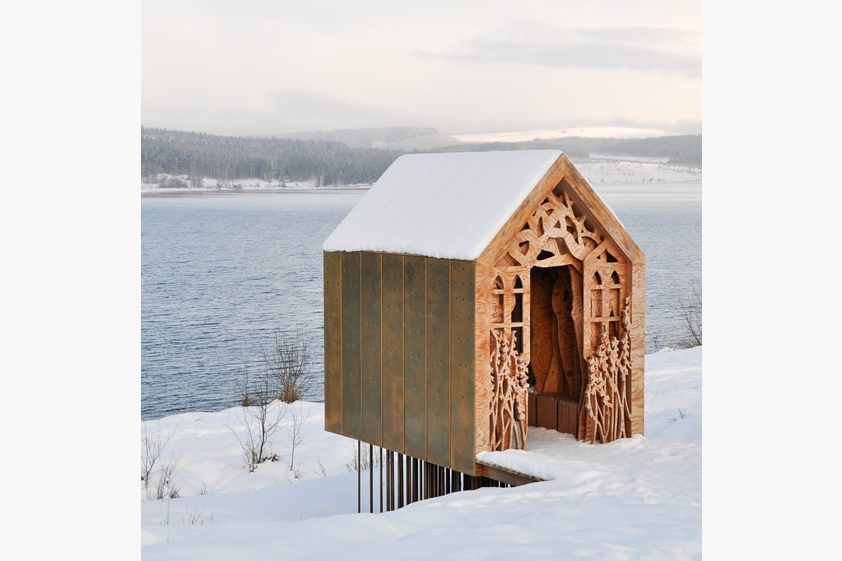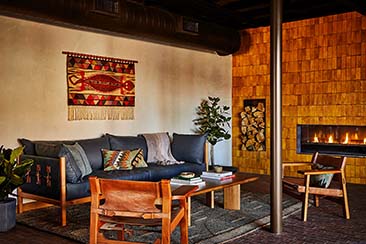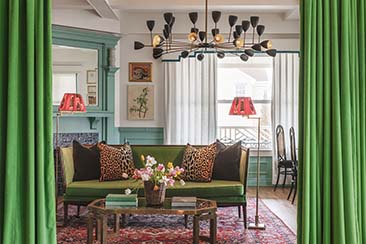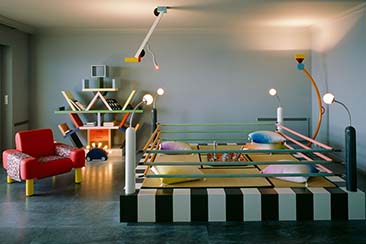A question for the starchitects: what is your work doing for the greater good of the rapidly expanding world? Think Global, Build Social! Architecture for a Better World, an exhibition at Johannesburg’s MOAD Museum of African Design, is questioning the merits of the Fosters and the Gehrys, and asking how the industry at large can do more to help those who need it most.
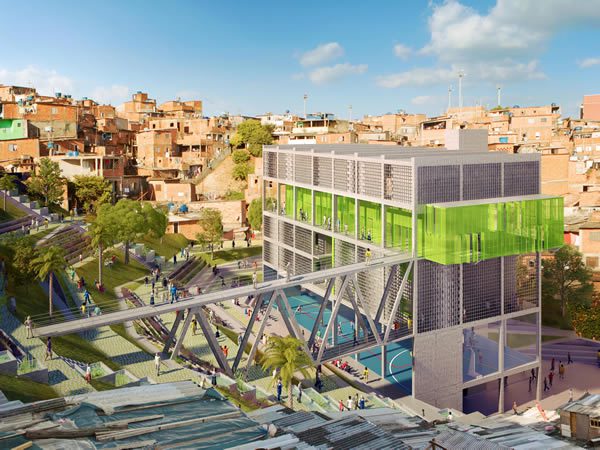
Urban-Think Tank: Centro de Acçao Social por Música, community centre with music school and sports facilities, Grotão, Paraisópolis, Sao Paulo, Brazil, 2009–2012
© Urban-Think Tank
‘Architecture is currently in a state of crisis,’ explains Think Global, Build Social! curator Andres Lepik, ‘on the one hand there is what is known as starchitecture — prestigious projects by acclaimed architects that serve to enhance the image of a few wealthy and politically influential clients — while on the other, there has been a massive rise in the number of building projects carried out in rapidly expanding megacities across Asia, Latin America and Africa with no architectural supervision whatsoever.’
‘In addition,’ Lepik continues, ‘an increasing number of people all over the world are living in slum conditions. The crucial question is therefore: what solutions can architecture offer to those segments of the global population that currently have no access to a well-designed environment?’ Think Global, Build Social! doesn’t have all the answers, but it does have some — the exhibition showcasing a range of alternative approaches to architecture; socially responsible projects that engage local participation as a means to develop low-cost solutions that help to improve living conditions for those living in parts of the world where the starchitects don’t step foot.
Schools, public spaces, and residential buildings make up the bulk of the projects chosen by Lepik, each embracing local building traditions and techniques and fostering collaboration with those who will use the spaces; a two-way transfer of knowledge that promotes the development of an architectural way of life that exists far from the shiny monoliths that so regularly woo fans of contemporary design. (We are not innocent of this ourselves.)
A fascinating look at engaging projects tackling social issues on a global level, Think Global, Build Social! Architecture for a Better World (in collaboration with Goethe-Institut) continues at MOAD Museum of African Design until 4 October.
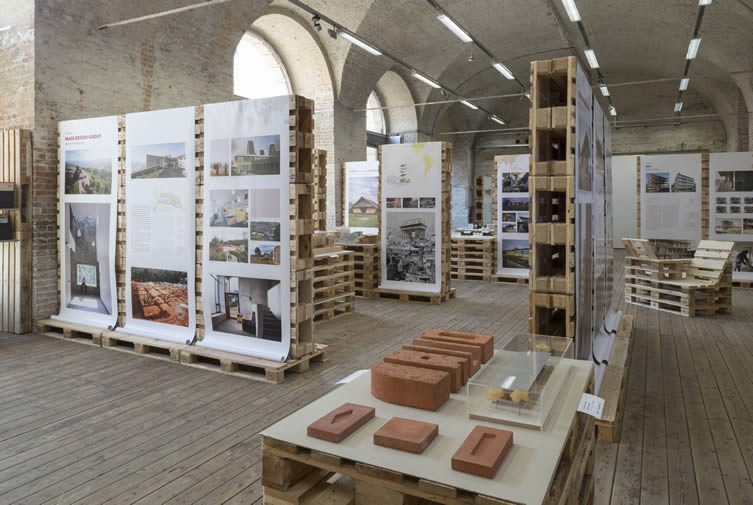
Think Global, Build Social! © Pez Hejduk
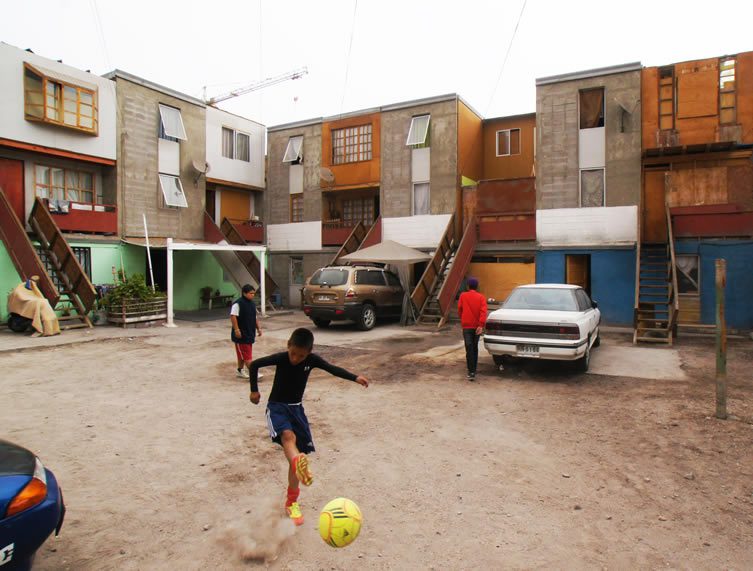
Elemental:
Quinta Monroy, Growing House, Iquique, Chile, 2004
© Cristobal Palma
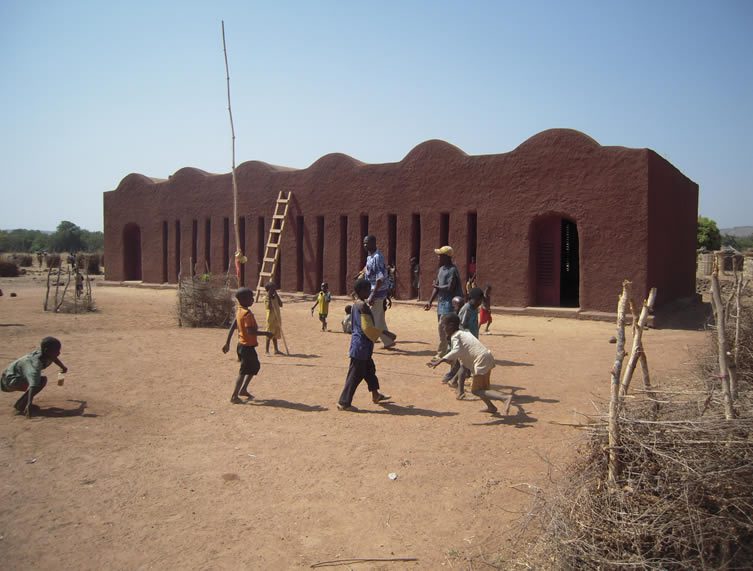
Emilio Caravatti, Matteo Caravatti, Sarah Trianni:
School in Djinindjebougou, Mali, 2006–2007
© Emilio Caravatti
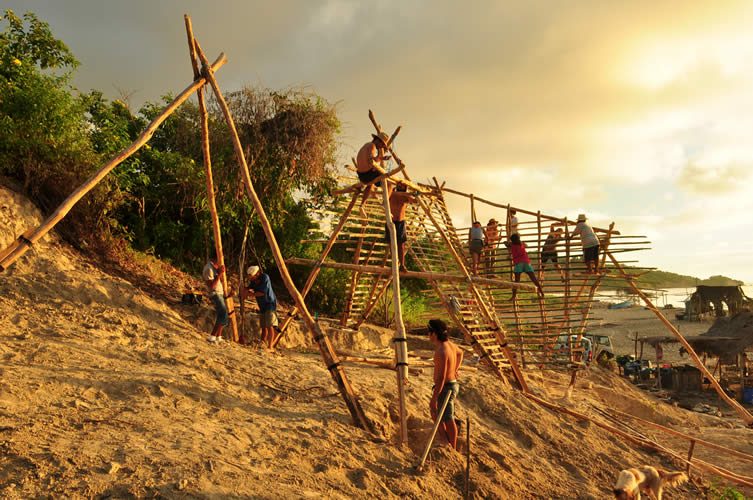
Al Borde Arquitectos: Esperanza Dos School, school, Manabí, Ecuador, 2011
© Esteban Cadena
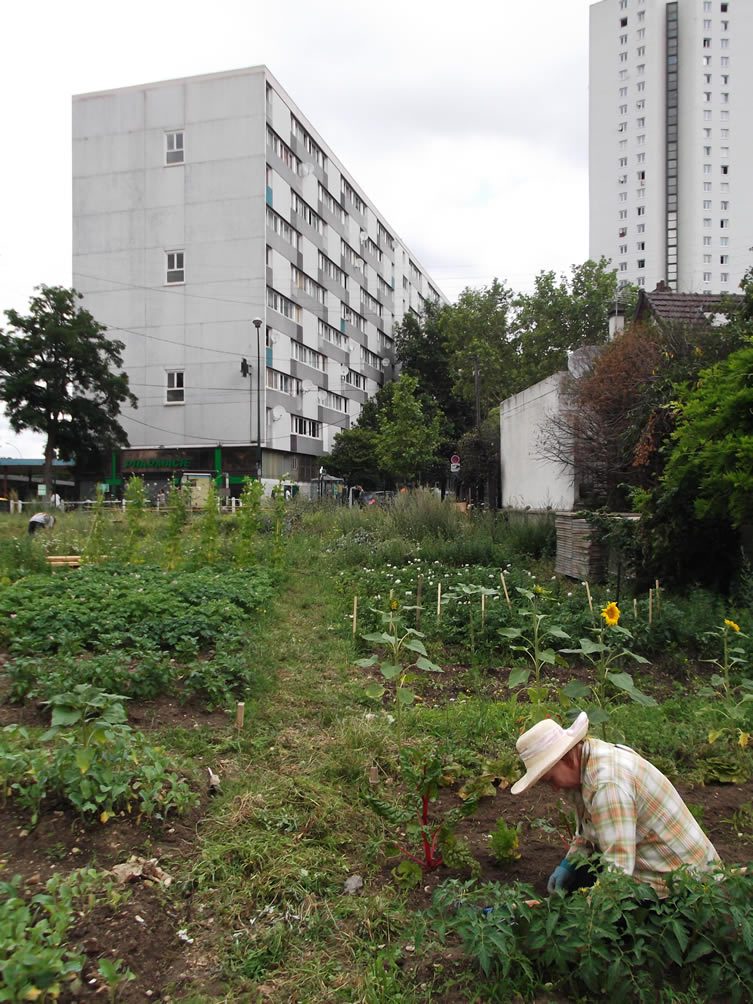
Atelier d’architecture autogérée (AAA):
R-Urban, Participative Strategy for Development, Implementation and Networking of Local Resilience, Colombes, France, 2008, 2011-2015 (1st phase) © Atelier d’architecture autogérée
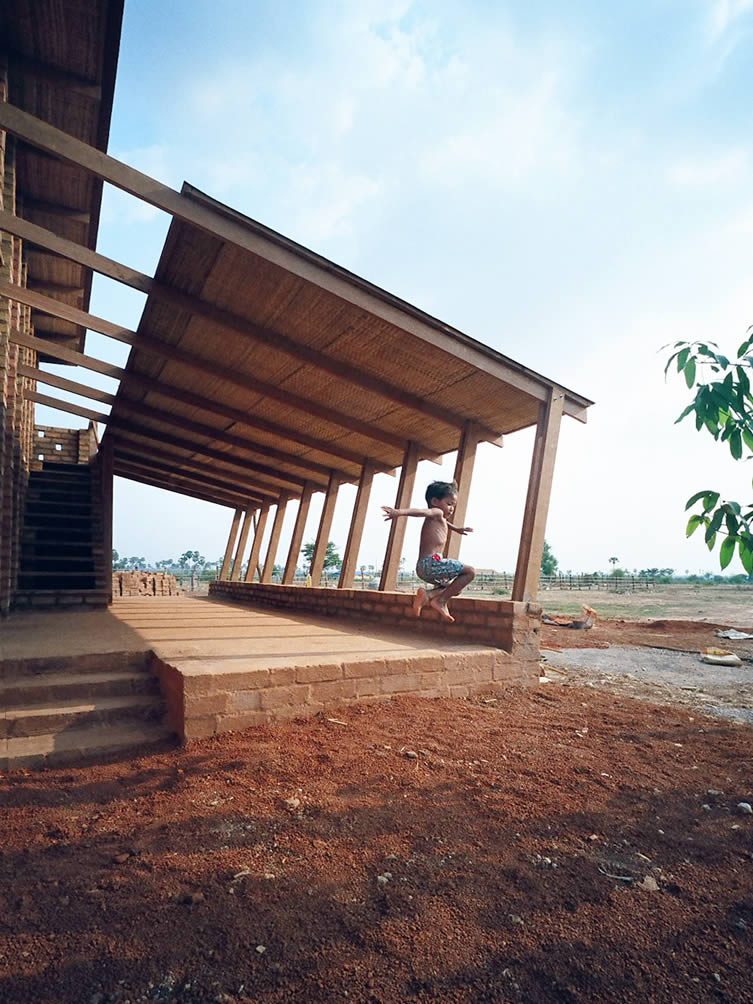
Architects Rudanko + Kankkunen:
Sra Pou Vocational School, Sra Pou, Cambodia, 2010–2012
© Anssi Kankkunen
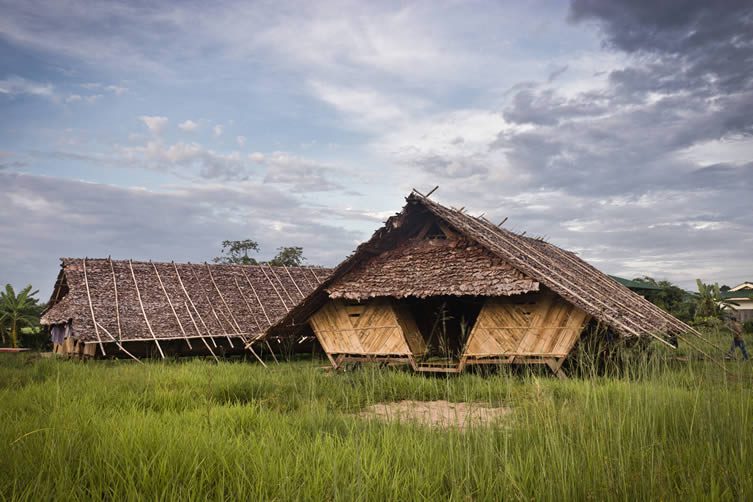
a.gor.a Architekten: Temporary dormitories, Mae Sot, Thailand, 2012
© Franc Pallarès-López
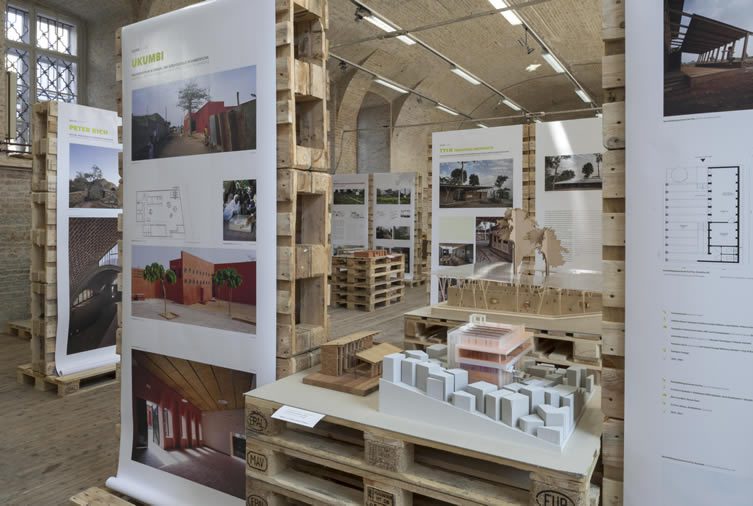
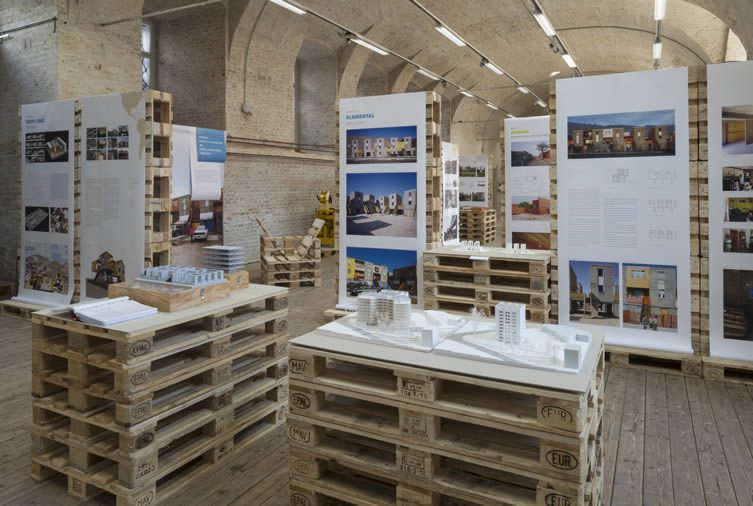
Think Global, Build Social! © Pez Hejduk
